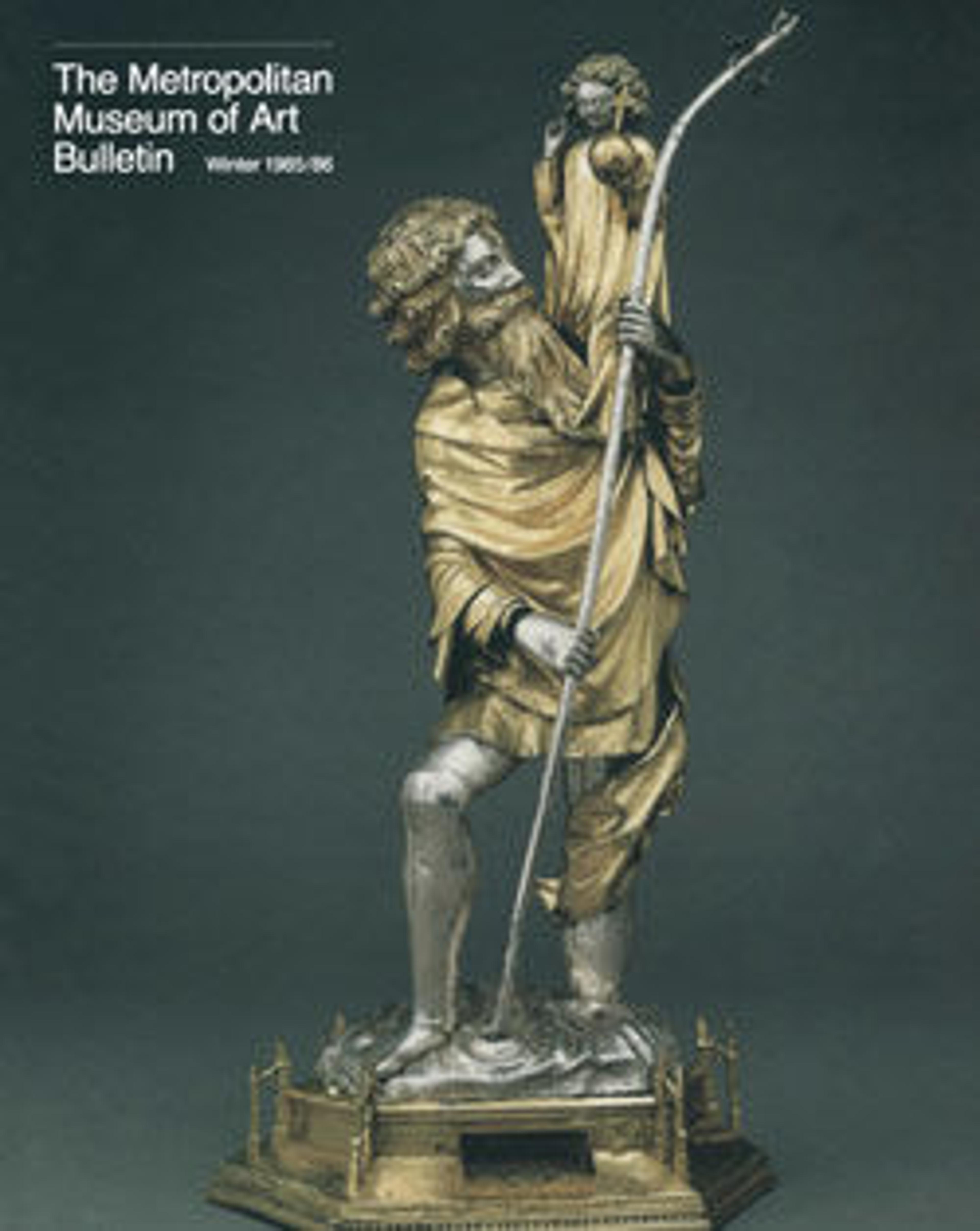Monstrance
Monstrances were vessels created to display the consecrated Host, the body of Christ. They were first created in response to the Feast of Corpus Christ established in 1263 that enabled the faithful to see and venerate the consecrated Host on a crescent moon-shaped mount.
Monstrances were used in liturgical processions, especially on feast days, and were also placed on the altar. Cologne goldsmiths produced many of these elaborate liturgical show pieces.
Monstrances were used in liturgical processions, especially on feast days, and were also placed on the altar. Cologne goldsmiths produced many of these elaborate liturgical show pieces.
Artwork Details
- Title: Monstrance
- Date: about 1450
- Geography: Made in Cologne, Germany
- Culture: German
- Medium: Silver-gilt
- Dimensions: Overall: 24 13/16 x 8 3/8 x 6 7/16 in. (63 x 21.2 x 16.4 cm)
- Classification: Metalwork-Silver
- Credit Line: The Friedsam Collection, Bequest of Michael Friedsam, 1931
- Object Number: 32.100.226
- Curatorial Department: Medieval Art and The Cloisters
More Artwork
Research Resources
The Met provides unparalleled resources for research and welcomes an international community of students and scholars. The Met's Open Access API is where creators and researchers can connect to the The Met collection. Open Access data and public domain images are available for unrestricted commercial and noncommercial use without permission or fee.
To request images under copyright and other restrictions, please use this Image Request form.
Feedback
We continue to research and examine historical and cultural context for objects in The Met collection. If you have comments or questions about this object record, please complete and submit this form. The Museum looks forward to receiving your comments.
